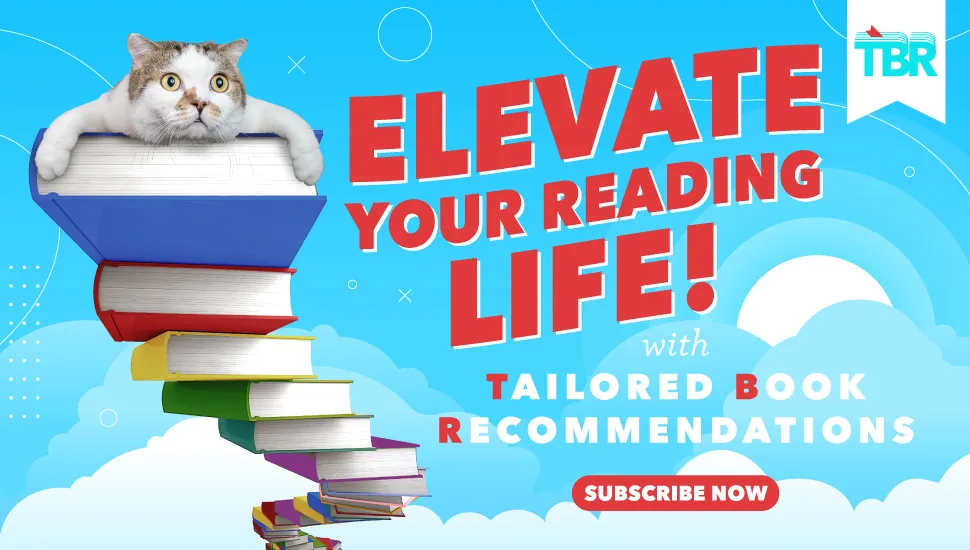
10 of the Best Antihero Characters in Literature
When looking at the best antihero characters in literature, we first have to define what an antihero is. In general, it’s a protagonist who does not have all or any of the virtues — such as courage, morality, or altruism — traditionally found in a hero. Instead of trying to save other people, their primary motive may be revenge, power, their own survival, or they may have a mysterious or subversive moral code.
Although they’re often morally ambiguous or even amoral, the best antihero characters are not synonymous with villains. In fact, when a story gets retold from a villain’s perspective, the antagonist from the earlier story often becomes an antihero. Take the Wicked Witch of the West, who is the villain and antagonist of The Wizard of Oz. In Wicked by Gregory Maguire, though, she’s named Elphaba and becomes an antihero and protagonist. Then there are characters like Michael Corleone from The Godfather and Juliette Cai from These Violent Delights, neither of whom chose to be born into a crime family. It is, however, still their choice whether they carry on their families’ legacies. While they may sometimes do terrible things, we can understand antiheroes’ motives and find them compelling or tragic.
There are countless antiheroes throughout pop culture and they’re everywhere in comics (think of Deadpool and Wolverine). On TV, Saul Goodman was a supporting character in AMC’s Breaking Bad but becomes the antihero in popular show Better Call Saul. Antiheroes are also very popular in YA fiction. The term is subjective, though: one person’s antihero may be another reader’s tragic hero.
*Warning for spoilers ahead.*
The Best Antihero Characters in Literature
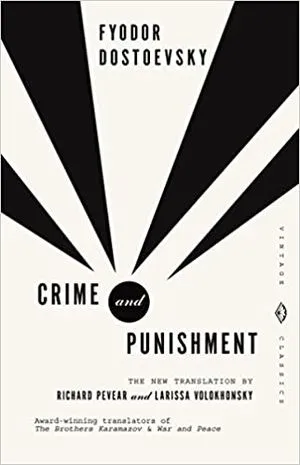
Rodion Raskolnikov
In Crime and Punishment by Fyodor Dostoevsky, Raskolnikov, an impoverished student, murders two elderly women in 19th century St. Petersburg. He spends the rest of the novel and his life ruminating on his actions and trying to atone for them. Raskolnikov is fascinating because he believes he’s an exceptional person, which ironically makes him guilty and miserable. Like Dostoevsky’s other important characters, he explores philosophy, religion, and psychology in unprecedented ways in literature.
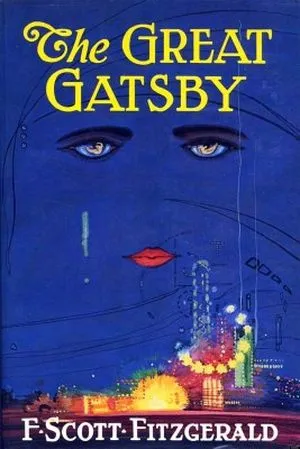
Jay Gatsby
The protagonist of The Great Gatsby by F. Scott Fitzgerald is an entrepreneur and bootlegger infatuated with Daisy, a young woman who will never love him. Born James Gatz, he builds an elaborate identity that’s nothing but a façade. The novel was published in the middle of the Roaring ‘20s and was not immediately successful. After The Great Depression, though, Gatsby came to epitomize the excess of the Jazz Age and the myths of the American Dream and the “self-made man.”
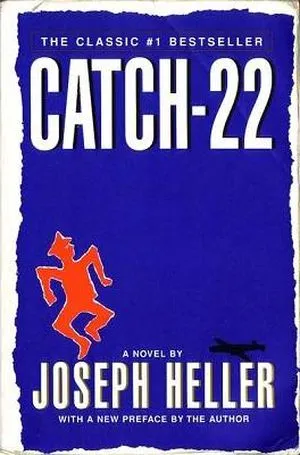
John Yossarian
John Yossarian, the protagonist of Catch-22 by Joseph Heller, is a bombardier in the U.S. Air Force in World War II. The narrator tells us that he “had been demoted because he no longer gave a damn whether he missed or not.” Yossarian’s goal is his own survival: “to live forever or die in the attempt.” He sabotages the war effort and later accepts a medal naked in an act of protest. He’s traumatized and disillusioned by the war, and the novel brilliantly shows why.
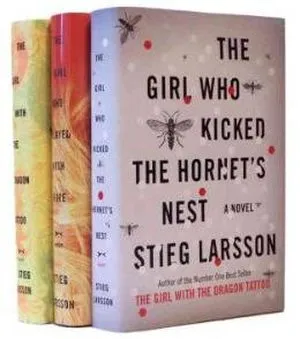
Lisbeth Salander
Lisbeth Salander is a brilliant hacker and researcher created by author Stieg Larsson. She appears in Larsson’s original Millennium trilogy, as well as three more books written by David Lagercrantz after Larsson’s death in 2004. Lisbeth brings rapists and murderers to justice and takes revenge on her own rapist. In 2020 on BR, I wrote that Lisbeth chooses revenge as a last resort, after existing social systems have victimized her since her childhood.
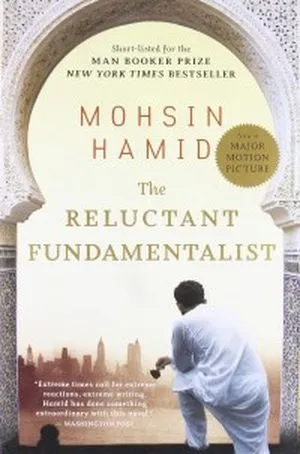
Changez
Changez, the antihero of the novel The Reluctant Fundamentalist by Mohsin Hamid, is a Pakistani man who worked in the U.S. after graduating from Princeton. Most of the book is a dramatic monologue by Changez during a long meal with an unnamed “Stranger” at a Lahore restaurant. After September 11, 2001, Changez was racially profiled and became more politically active. Changez confesses he felt “pleased” by the 9/11 attacks, but the ambiguous ending leaves the question of whether he’s planning violence, or being unfairly profiled, unanswered.
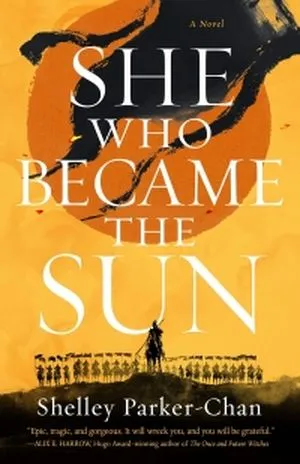
Zhu Chongba
She Who Became the Sun by by Shelley Parker-Chan, Book 1 of the Radiant Emperor Duology, is a historical fantasy that fictionalizes the Hongwu Emperor, who founded the Ming Dynasty in 1300s China. A peasant girl outlives her abusive father and older brother, assumes her dead brother’s name, and joins a monastery. Ironically, she becomes increasingly powerful partly because people keep underestimating her. She’ll do anything to create her own fate.
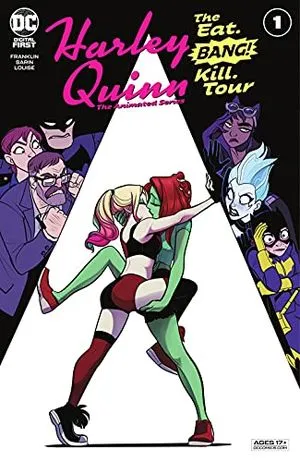
Harley Quinn
Throughout DC comics, TV series, and movies, the character sometimes called Dr. Harleen Quinzel has been the therapist, sidekick, and eventual love interest of The Joker, a supervillain in her own right, and an antihero. In Harley Quinn: The Animated Series: The Eat. Bang! Kill. Tour #1 by Tee Franklin, Max Sarin, and Marissa Louise, started in 2021, her love interest is Poison Ivy.
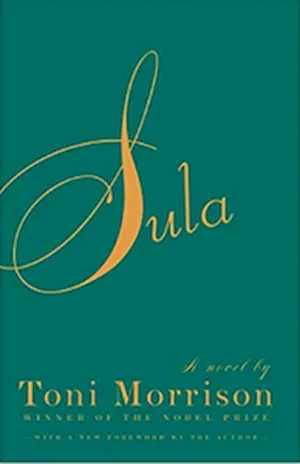
Sula Peace
The title character from Sula by Toni Morrison is impulsive and flaunts conventions. She attends college and has multiple affairs. After she returns to her hometown, the townspeople eventually consider her evil. They blame her for ruining marriages and failing to save her own mother’s life from a fire. Of course, her reaction to the fire may have been a trauma response, especially because Sula has already experienced so much loss, racism, and sexism.
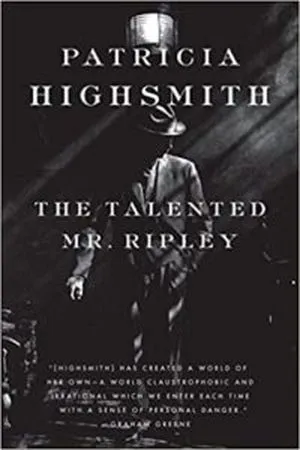
Tom Ripley
Tom Ripley, created by Patricia Highsmith, appeared in The Talented Mr. Ripley and four subsequent novels. Tom envies families with “old money” and ingratiates himself into their social circles. In the books, he murders his first victim, Dickie Greenleaf, out of a calculated desire to steal his identity. In the 1999 movie The Talented Mr. Ripley, he seems attracted to Dickie and angry at Dickie’s rejection of him. Either way, Tom is a skilled con artist. His amorality and ambition combined are chilling. He’s always at least one step ahead of anyone who tries to figure him out.
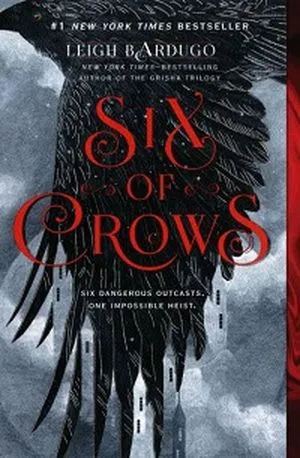
Kaz Brekker
The teenage gang leader in Leigh Bardugo’s Six of Crows duology is a skilled thief with his own strict, unconventional moral code. He plots heists and gets revenge on human traffickers and other abusers. Due to his traumatic past, he finds vulnerability difficult, even with his best friends. He’s fiercely loyal to people he loves and would die or kill for them.
Further Reading
If you want more anti-hero goodness, check out comics with antihero ships or YA anti-heroines.



